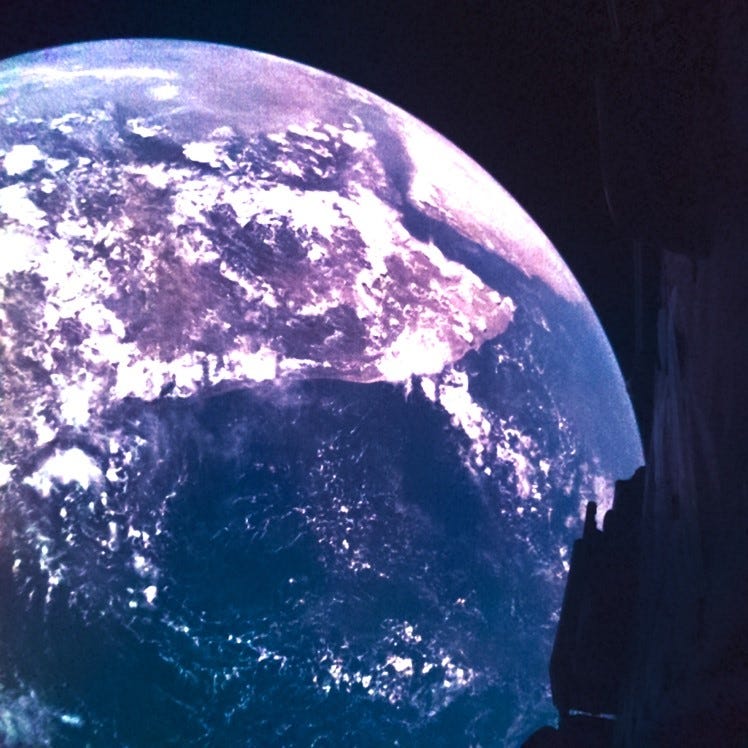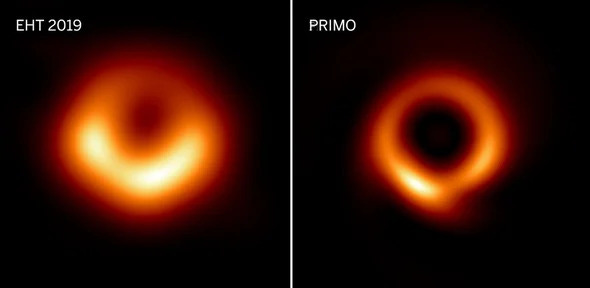🛰 Juice probe, sight origins, black hole: Last week in science
Three science news caught my attention last week: bacterial origins of vision, a new space probe and a sharper view of a black hole. Let’s explore them in more detail!
Juice of the week
On April 14, ESA’s Jupiter Icy Moons Explorer (Juice) lifted off on an Ariane 5 rocket from French Guiana’s spaceport. The new European probe embarked on a voyage to explore the ocean worlds of Jupiter’s moons.
It will take eight years for Juice to reach its destination. The route will follow a complex trajectory to use the gravity of the Earth and Venus to accelerate. The probe’s scientific instruments will look for signs of life in the subglacial oceans of Jupiter’s largest moons — Europa, Ganymede and Callisto.
Juice has two monitoring cameras to record various deployments with 1024 x 1024 pixel snapshots. It already provided us with a series of fascinating selfies!
An ancient protein of the week
Scientists discovered that bacteria contributed to the evolution of the vertebrate eye. An essential for developing vision protein arose from a bacterial gene acquired around 500 million years ago. This discovery proves that complex structures like the vertebrate eye can evolve not just by tinkering with existing genetic material but also by integrating foreign genes.
AI tool of the week
Chances are you saw this picture in 2019: the first-ever image of a black hole at the centre of the M87 galaxy looked like a blurry doughnut. Four years later, the historical snapshot returns in much more impressive quality. With a little help from AI, researchers revealed that a black hole looks like a dark spot surrounded by a bright disk.
For me, this inspiring news shows that science never stops. Over time, improved methods and tools allow a new perception of well-studied objects.
Elia Kabanov is a science writer covering the past, present and future of technology (@metkere)
You can also read this post in Russian.
Illustration: Elia Kabanov feat. MidJourney. Photo credits: ESA/Juice/JMC (photo 1), EHT Collaboration/Lia Medeiros et al./Scientific American (photo 2).




